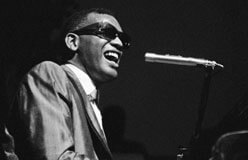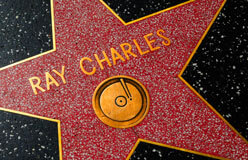A piano has 88 keys. When pressed, each key produces a different sound, called a note. That means a piano player has 88 chances to hit the right note or the wrong note.
Now, suppose that piano player can’t see the keys; suppose the piano player is blind. Just imagine how much more difficult it would be for the person to hit the right keys every time. That was Ray Charles’s challenge. And rise to the challenge he did, every day. Charles’s fellow musicians called him the “Genius.” His life proved the truth of it. Charles explains how he did it.



